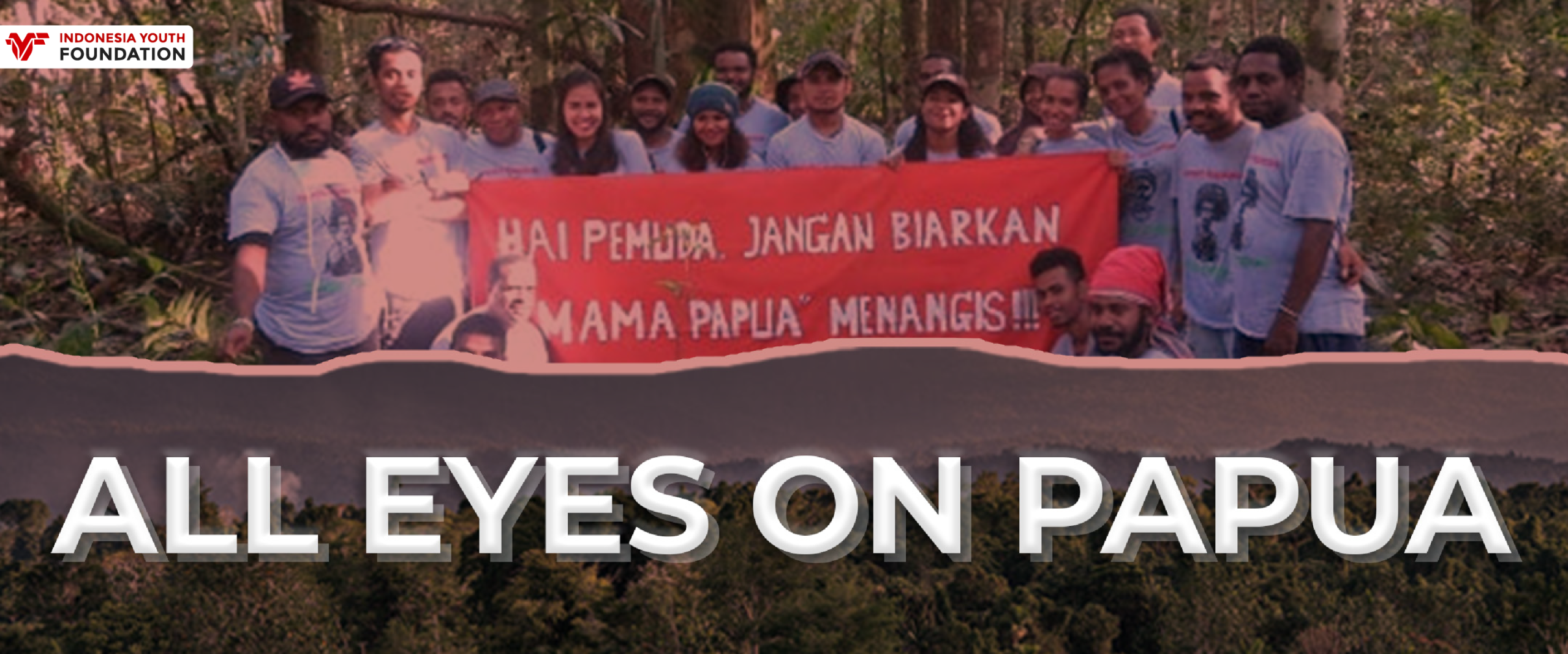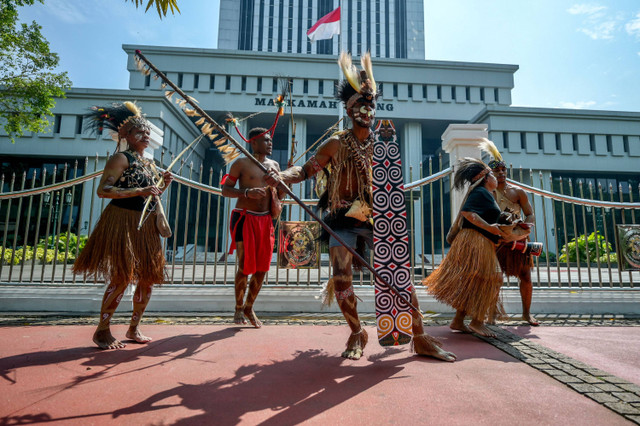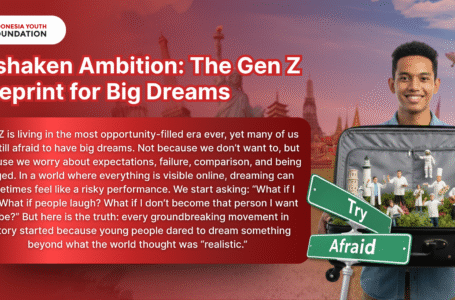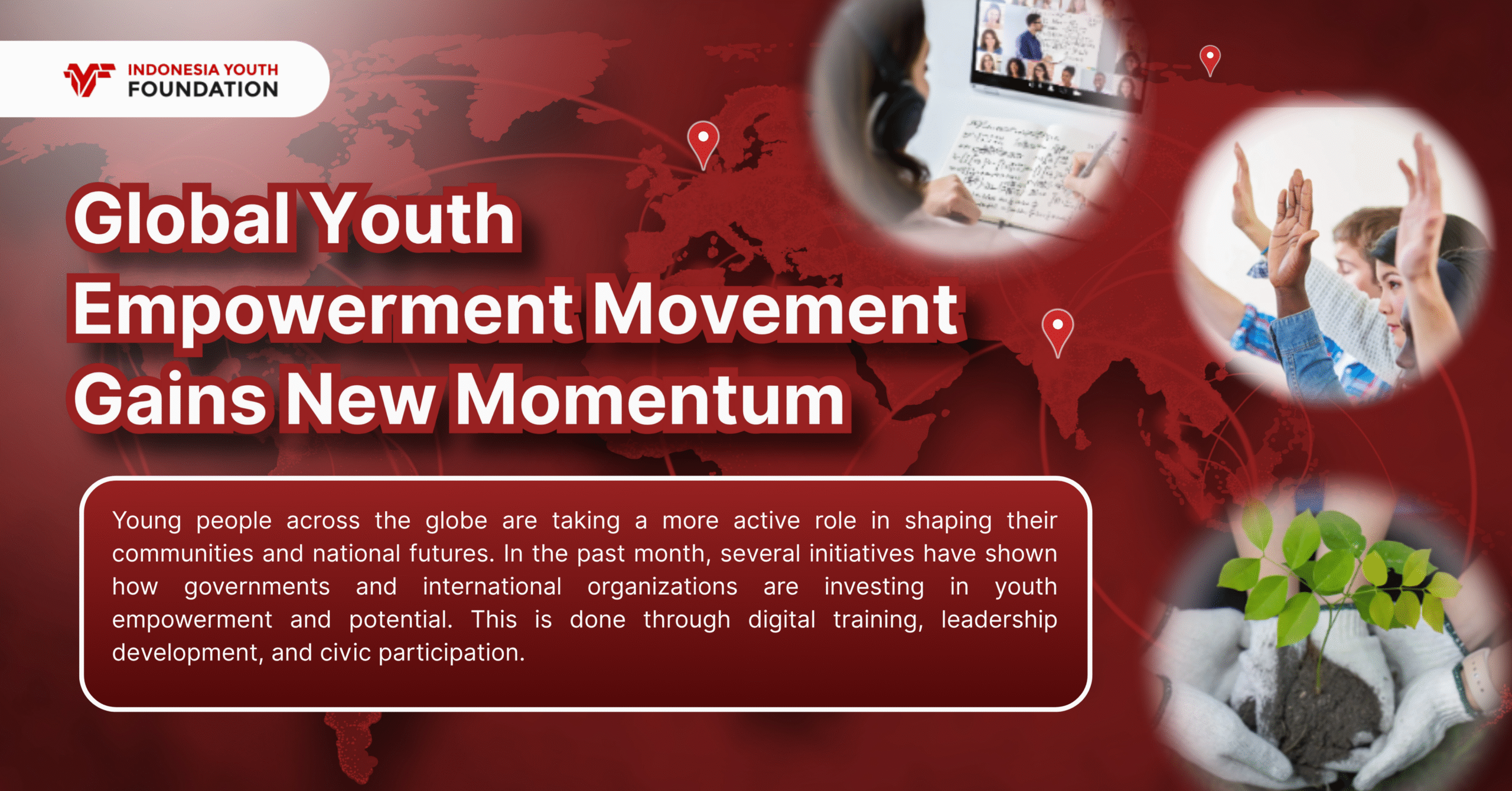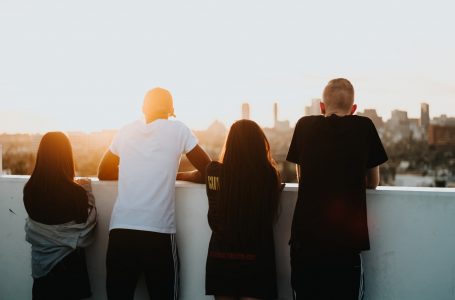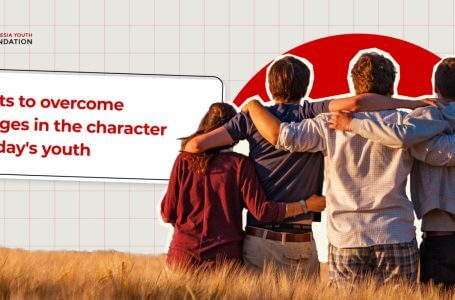Sustainability Sparks Breakthrough Action at the Green Event
The All Eyes on Papua movement is now a hot topic on all social media. This movement has gained momentum with the appearance of eye posters bearing the words “All Eyes on Papua.” So what happened?
The post, accompanied by a poster reading “All Eyes on Papua,” went viral, garnering 1.1 million views and 47.1 thousand likes.
What Does All Eyes on Papua Mean?
All Eyes on Papua went viral to voice the ongoing land conflict in Papua. As we know, the land of Papua is currently still surrounded by forests that are still preserved.
For Papuans, forests are more than just areas filled with trees. The forest contains cultural values and is the source of life for the people there.
However, currently Papua’s forests continue to shrink every year. Taking from Auriga Nusantara’s composition policy paper entitled Hutan Adat (Papua) Menanti Asa, the cause of forest shrinkage in Bumi Cendrawasih is deforestation for industrial needs in the plantation, forestry, and mining sectors.
With the shrinking of customary forests in Papua, indigenous Papuans held a peaceful protest in front of the Supreme Court building, Jakarta, Monday (27/5).
They voiced objections to efforts to develop oil palm plantations on their land.
Ki Hajar Dewantara: From Movement Figure to Father of Education – Indonesia Youth Foundation
Papuan Indigenous Peoples Call for Forest to Be Returned

All Eyes on Papua is also addressing the request of the indigenous Awyu and Moi communities to return their forests and save them from the development of oil palm plantations.
Netizens also supported by voicing that Papua’s forests would be cleared by officials and officials for oil palm plantations.
Indigenous peoples in Papua are currently fighting for their rights to their customary forests.
Who is the Awyu and Moi Tribe?
Indigenous peoples, especially the Awyu and Moi, will not continue to maintain customary forests that play an important role in their ancestral traditions.
The Awyu and Moi people rely on the forest as a source of their livelihood, obtaining food, water, and other forest products essential to their way of life.
The tribe inhabits several areas in Mappi and Boven Digoel regencies, South Papua Province.
Reporting from the Greenpeace page, the Awyu tribe lives near the Bamgi River, Edera River, Kia River, Mappi River, Pesue and Asue Rivers, as well as peatland and swamp areas.
Meanwhile, the Moi tribe inhabits various areas of Makbon District, Sorong Regency, Southwest Papua.
The Moi tribe consists of seven subgroups: Moi Kelim, Moi Abun That, Moi Abun Jhi, Moi Salkma, Moi Klabra, Moi Lemas, and Moi Maya.
Initially, the Moi indigenous people only inhabited one place, namely Maladofok Village, an ancient village located about two kilometers west of Malaumkarta Village, Makbon.
Given the importance of the role of forests, the Moi indigenous people, especially those who inhabit the Malaumkarta Raya area, Sorong Regency, also strongly maintain the preservation of forests as a source of life.
So, as youth we need to accompany this movement so that it continues to be in the spotlight with the problem of Papuan customary forests that are not in good condition.
Writer: Alifandi Hidayat
